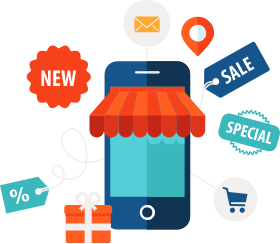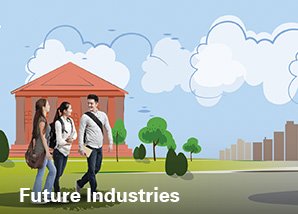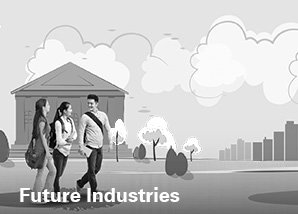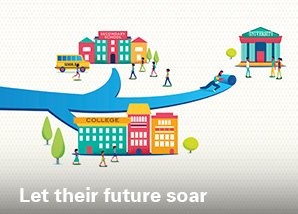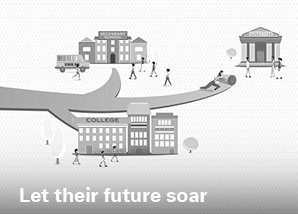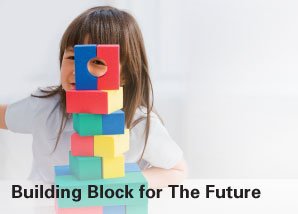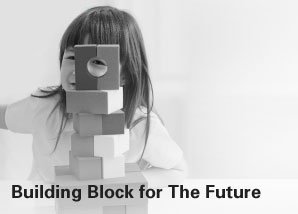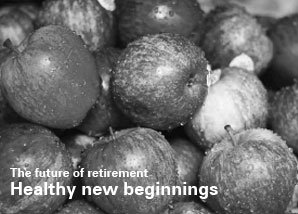

Smartphone Revolution
Do you remember the first generation of clunky mobile phones with one-line monochrome displays? Or dialling up through the phone line to get your internet connection?
Today, smartphones are changing the way we communicate and simplifying our lives.3 We can now connect with friends and family more frequently and easily through video calls and instant messaging services.3 We can snap high-resolution photos and share moments in our lives with others through social networking platforms like Facebook and Instagram.3
Smartphones allow us to watch movies on-the-go, browse the internet, play games to monitoring our movements.3 It also helps us to be productive, allowing us to perform tasks like creating slides, reading e-mails and creating documents without the need for a computer.3 Essentially, smartphones and the growth of apps have changed the way we work, communicate and play, and it has also driven the growth of e-commerce and internet-based companies.3
Robotics and AI
The advancements made by the scientific and engineering community has turned artificial intelligence (AI) and robotics from the sci-fi world of movies we once watched into reality today.3 We may not have human-like robots yet, but intelligent machines are now part of our daily lives.3 Think about advanced drones that are capable of performing automated surveillance, tracking and offensive measures.3 And automated assembly lines in industrial plants that can handle the manufacturing and packaging of goods autonomously.3
The advent of driverless cars is another example of how AI and robotics may potentially impact our lives.3 With tech giants like Google, Tesla and BMW involved in the production of driverless cars, we may see self-driving cars on the roads sooner than any of us expected.3 Autonomous vehicles are the leading edge of artificial intelligence investment and development, and investments in the sector are a precursor of things to come in fields like natural language processing, image recognition, and others as these technologies gain commercial momentum.4

Internet of Things
The Internet of Things or IoT, refers to physical devices around the world that are now connected to the internet, collecting and sharing data.5 This adds a level of digital intelligence to devices enabling them to communicate without us being involved, and merging the digital and physical worlds.5
Almost any physical object can be transformed into an IoT device if it can be connected to the internet and be controlled that way.5 For example, a lightbulb that can be switched on using a smartphone app, or a motion sensor or smart thermostat in your house, or a connected streetlight.5
One of the biggest benefits of IoT is that it can make our environment – home, offices and vehicles smarter, more measurable and chattier.5 Smart speakers like Amazon’s Echo and Google Home make it easier to play music, set timers or get information.5

Smart home security systems make it easier to monitor what’s going on in our homes, or to see and talk to visitors.5 Meanwhile smart thermostats could help us cool down our homes by turning on the air-conditioning before we arrive back, and smart lightbulbs can make it look like we’re home even when we’re out.5
Beyond performing cool tasks around the home, IoT implemented in a smart home environment could also have more serious applications like being able to help keep older people independent and in their own homes longer by making it easier for family and carers to communicate with them and monitor how they are doing.5
Blockchain
Driven by the growing popularity of digital currency, Bitcoin, blockchain technology has become a buzzword over the past couple of years and is increasingly being used to enable trust across industries.4 The underlying blockchain technology is a trust-based protocol enabled by globally distributed, secure platform that enables a ledger or database where value could be stored and exchanged without intermediaries.4
Blockchain could potentially find a foothold in the mainstream because of the attraction of transparency, security and lower transaction costs it offers banks.6 Blockchain technology could also drive digital transformation in banking by offering the possibility of entirely transparent records of transactions, as well as make it easier for us to transfer assets between each other.6

One of the key attractions of Blockchain is the added layer of security the system adds to person-to-person (P2P) payment and lending systems. This additional security layer could increase consumer confidence in the ability of banks to deliver branchless banking.6
Robust Digital Banking
Advancements in digital technology have clearly been driving digital transformation in the financial services industry as well.6 And online banking is just the tip of the iceberg.7 Financial Services Technology, or more commonly known as FinTech, is finding new ways to make spending, managing and investing our money easier than ever before.7

As banks embrace digital transformation, we may need to get used to the idea of branchless banking, and the continued rise of online and mobile banking like HSBC’s Personal Internet and Mobile Banking in the future.7 But some of us may be wary of online security threats and the safety of our sensitive information shared online.
Banks understand this reality and have developed security protocols that we can easily learn and use to ensure the security of our online transactions.6 Our Security Device for Personal Internet Banking, for example, provides an added layer of security on top of your password by generating a dynamic, time-sensitive security code each time you login online.
In addition, we can ensure that our transactions are secure by protecting our passwords, using secured connections, being vigilant of potential security threats, and reporting suspicious e-mails and links.6
Banks are always concerned about security and will seek ways to add new layers of security to their services to make it more robust.8 For example, if you are becoming overwhelmed with trying to remember numerous passwords, biometric authentication methods like authenticating payments on smartphones via thumbprints, or other methods like facial recognition and voice prints will help simplify security processes while providing more secure methods of authentication.8
Beyond banking transactions, digital transformation is also making buying, selling and trading online safer than ever before. While secure online shopping is already the norm today, technologies like Blockchain could enhance it by providing advanced transactional security and virtually zero risk of payment frauds.9 So you can shop online and make payments with your credit card securely.
A Cashless Society
Fintech is also slowly but surely eliminating the need for physical currency.7 Thanks to the growing ubiquity of digital payment apps, online banking and peer-to-peer ending platforms, demand for cash is diminishing.6 In its place, credit and debit cards are being used even for the smallest transactions.6 In time, banks may implement digital payment systems that require nothing but a smartphone.6
So perhaps it’s time for you to embrace using your HBSC credit and debit cards, and leave the cash in your bank account?
